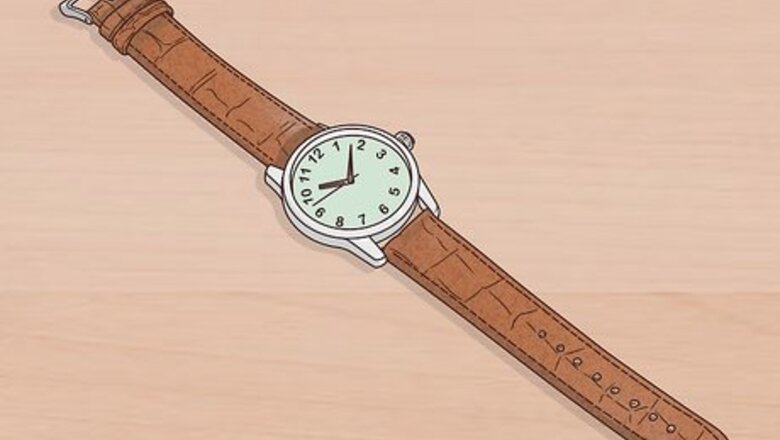
views
Winding a Manual Movement Watch
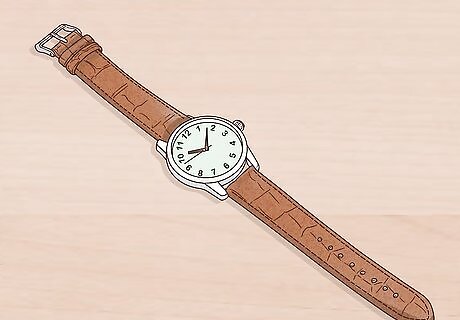
Lay the wristwatch on a table. Remove the wristwatch from your arm or storage. If you wind a watch while it is on the arm, with the watch tight against the skin, the winding motion may not be effective. Winding a watch while attached to your arm places strain on the mechanics in the watch because of the angle on your arm and the stem. Locate the stem, which will be pulled out to wind the watch. The stem is a small dial on the side of the watch.
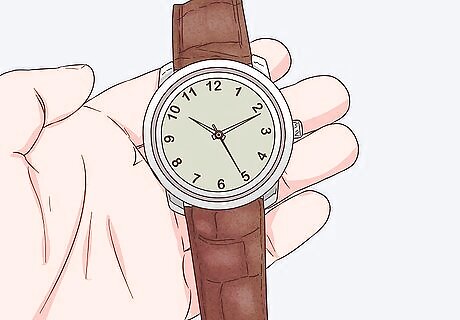
Hold the watch face up in your left hand. Reverse the position, if you are left-handed. The stem may have several settings, including settings for time, calendar, alarm, or time zone. The settings are located at little "clicks" as you pull the stem out or push it in. Use trial and error to feel the clicks and identify the winding position.
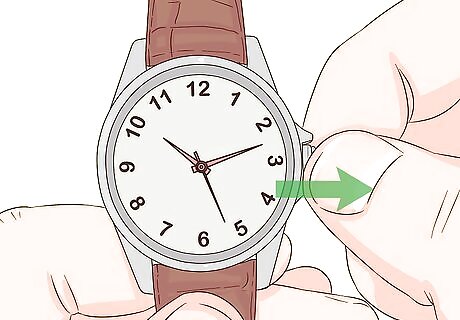
Pull out the watch’s stem. Use your thumb and index finger to carefully pull out the watch stem by the stem's top or "crown." This can be difficult because you do not want to over-wind the mechanism.
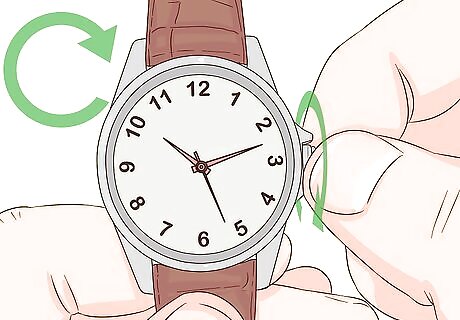
Wind the watch’s stem. You should wind the watch clockwise until you feel resistance. Be conservative and don’t keep turning once you feel resistance. You can damage the watch if you continue to wind the stem past resistance. In time, you will develop a feel for the resistance. If the watch runs down sooner than you like, you know you did not quite hit the maximum tension. Depending on the size of the watch, 20 to 40 forward turns should lead to resistance; over-winding will strain or break the mechanism.
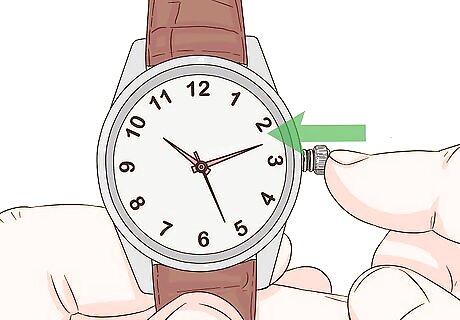
Return the watch to its normal state. Press the crown to return stem to its place. Be careful to put the watch’s components back exactly as you started. Never shove or force parts when handling the stem and crown of a watch.
Setting an Automatic Movement Watch
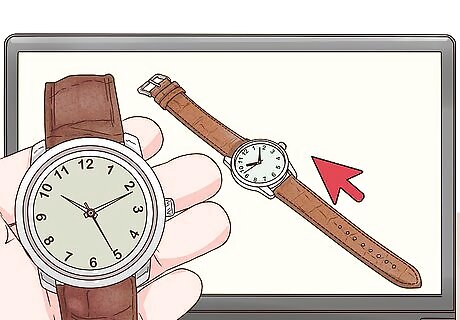
Research your watch. Sometimes manual movement watches can last up to five days with one wind. This doesn’t mean your watch operates on automatic movement. Check the packaging details or research the serial code online to find out more info. You can always wait to see how long your watch lasts from one wind. If it is an automatic movement watch, the watch will operate for a long time. The automatic movement will lose wind if it is not worn regularly.
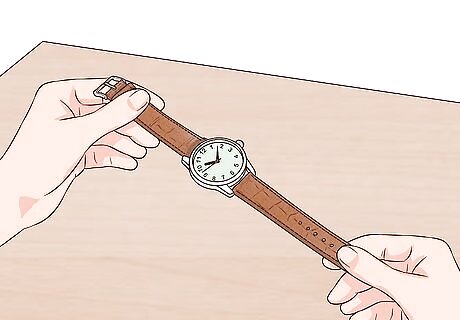
Prepare your watch. Take the watch off your wrist to properly set the wind. It is important that you be cautious when handling the stem of the watch. The stem is connected to several important mechanisms inside your watch that you don't want to break. Fiddling with the stem of your watch while it's attached to your arm could bend or damage it.
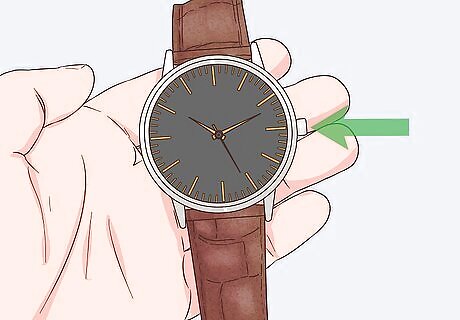
Locate the crown. Automatic movement is similar to a manual movement watch, except that it is powered by a rotor which maintains the watches energy. The crown should also set the time, date, or other function on your watch. Like a manual movement watch, you’ll need to pull the crown out to expose the stem. A good way to test what each level of the stem does is to test each one. The level that winds the watch shouldn’t appear differently on the outside.
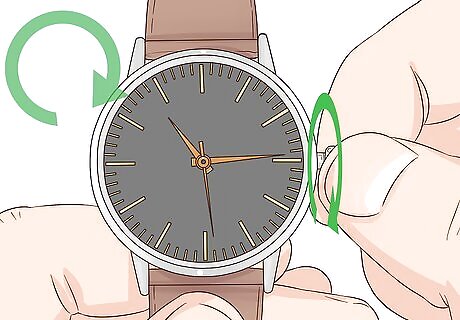
Wind the crown. Once you’ve determined which level of the stem affects the wind, you’re ready to set your watch. Twist the crown clockwise until you feel resistance. It’s important not to go past the point of resistance on your stem. You can break mechanical bits in your watch if you twist too far. Go to a watch specialist if you’ve twisted the stem too far.
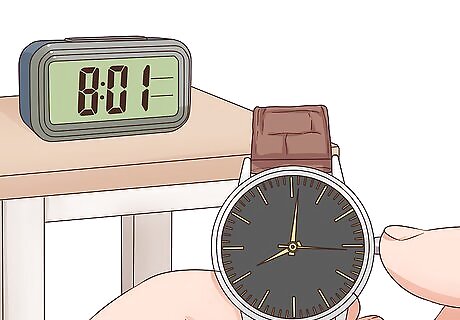
Put the watch back together. Once you’ve wound the watch, you can set the time and other functions. Check the face of your watch to be certain which components you’re affecting. Use a digital watch to set an accurate time and date.
Caring for Your Watch
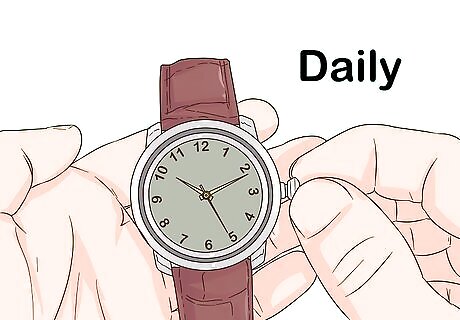
Wind the watch daily. A wound watch will run accurately from 18 to 36 hours - depending on the mechanism. Larger watches have larger mechanisms. Smaller watches have smaller, more delicate mechanisms. Mechanical watches should be wound at least weekly, even if they are in storage. It might become routine if you wind the watch when dressing in the morning or before bed.
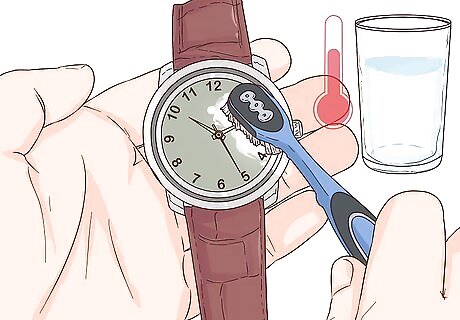
Clean your watch. You don’t need to purchase specialty oils or cleaners to care for your watch. Clean your watch with a toothbrush and warm water. Dip the toothbrush in the warm water and wipe off the bristles to remove excess water. Scrub the exterior and inside the stem with the toothbrush. Don’t use too much force when cleaning inside the stem and crown. Don’t remove the screws and attempt to clean the gears, unless you know how to. Consult a watch specialist about cleaning the inside of your wristwatch.
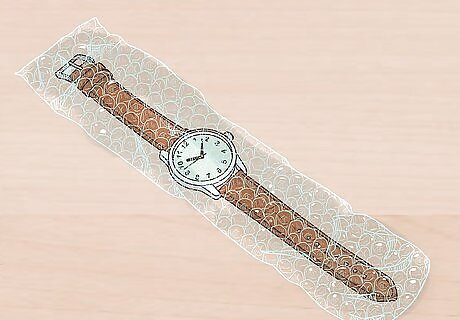
Store your watch properly. Watches are delicate instruments and you should be cautious when putting one away in storage. The best way to protect your watch is by wrapping it in a protective coating. This could be bubble wrap or another packaging protective fabric. You should store the watch in an environment that is cool, clean, and dust free. Keep the watch out of direct sunlight. You should attempt to wind it every week while in storage.












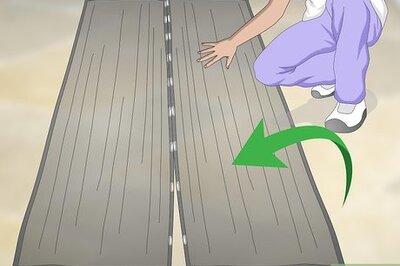







Comments
0 comment